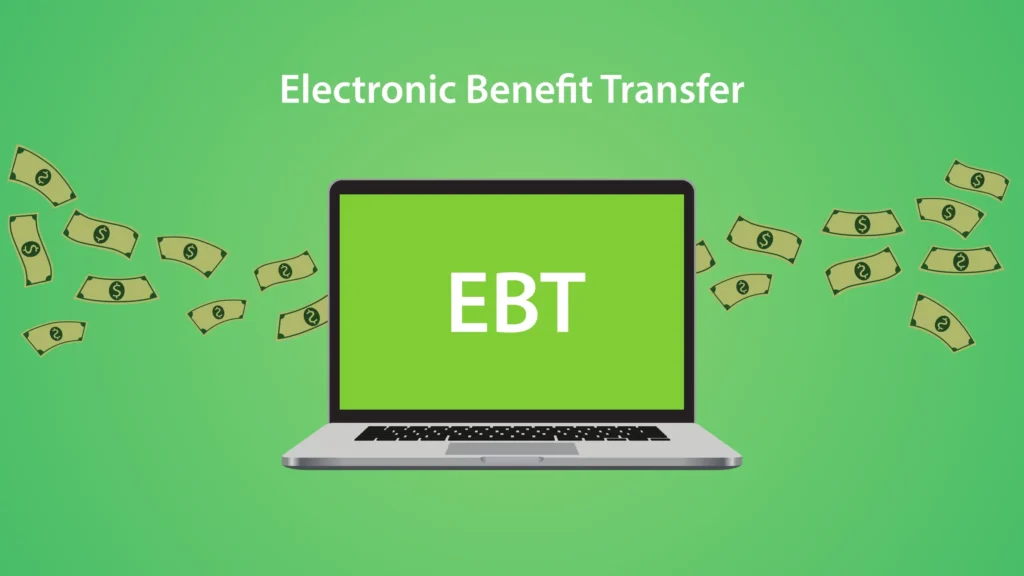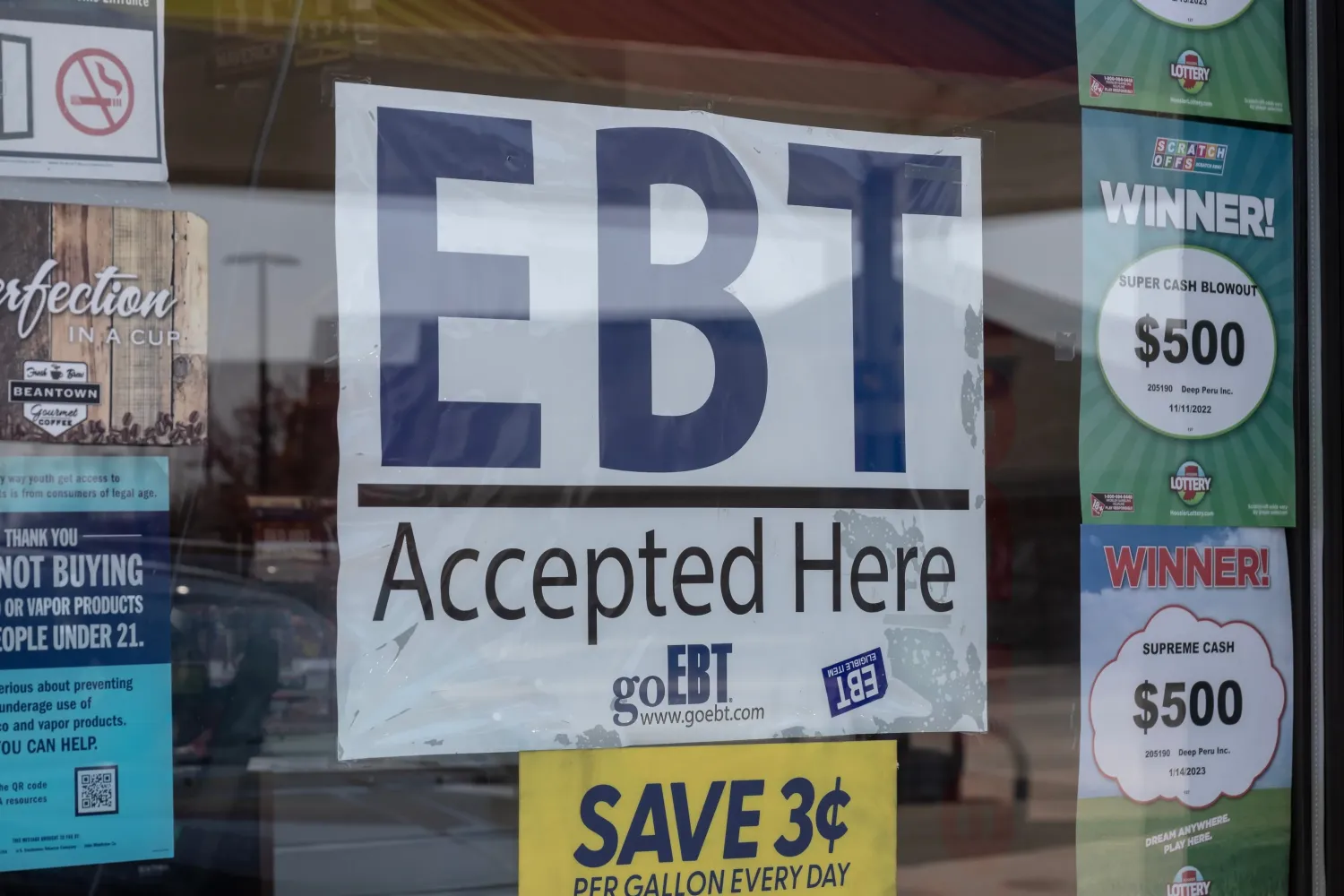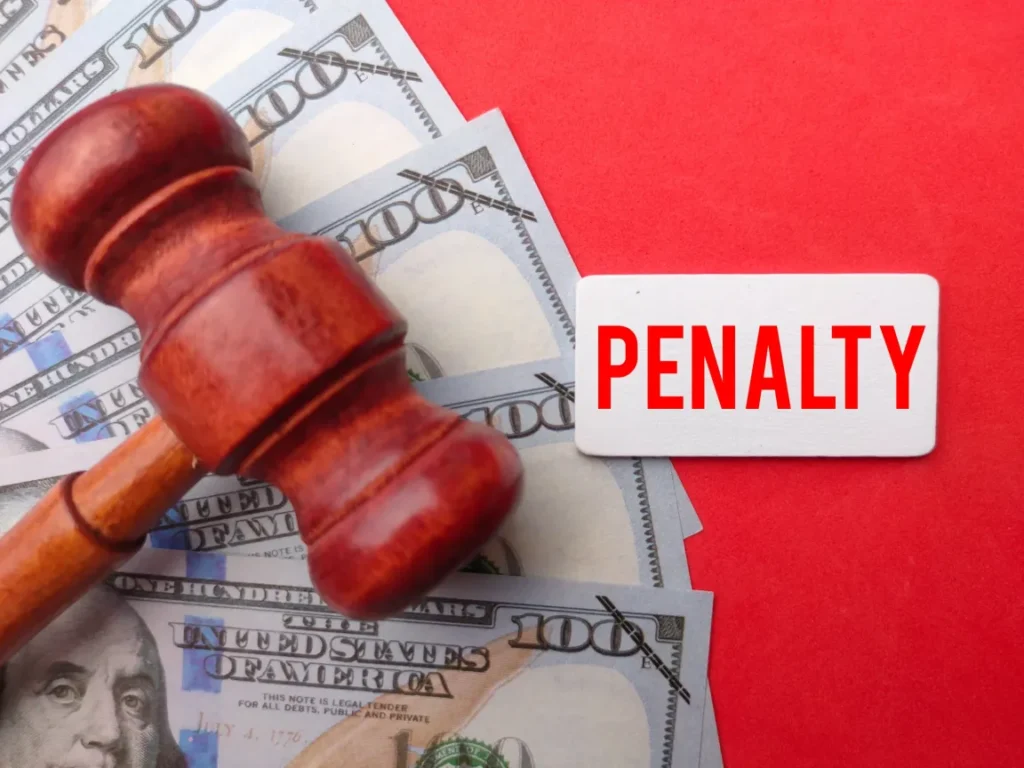Last updated on March 3rd, 2024 at 01:31 pm
Have you ever wondered if it’s possible to use food stamps to purchase dog food? Well, the answer might surprise you. While the Supplemental Nutrition Assistance Program (SNAP) is primarily designed to help low-income individuals and families afford nutritious meals, it does not typically cover pet-related expenses like dog food.
Understanding the rules and regulations surrounding SNAP benefits is crucial, especially. Although pets are often considered cherished family members, SNAP benefits generally focus on providing assistance for human consumption. This means that while you can’t directly buy dog food with food stamps, there may be alternative options available.
One common misconception is that individuals who have a low income and are part of the food stamps program can use their benefits for pet-related costs. However, this is not always the case. SNAP benefits are intended to support the nutritional needs of eligible people and their dependents, focusing on food items.
It’s important to research homemade dog food and explore other resources in your household that may offer assistance with pet-related expenses. Some organizations provide programs specifically tailored to help low-income pet owners ensure their furry companions receive the food benefits without straining their budgets.
Remember, understanding the guidelines surrounding the food stamps program, including pet food stamps and pet food assistance, will help you make informed decisions about how best to allocate your resources each month.
What are food stamps or SNAP benefits?
The Supplemental Nutrition Assistance Program (SNAP), commonly known as food stamps, is a federal assistance program in the United States that aims to provide nutritional support to low-income individuals and families. SNAP benefits help ensure that people with limited financial resources can meet their nutritional needs by enabling them to purchase pet foods and household items with a SNAP card. These benefits are available for up to six months.
One of the primary purposes of the SNAP program is to alleviate hunger and improve access to healthy foods for those who may not have enough income to afford an adequate diet. By receiving monthly benefits on an electronic card, eligible individuals and families can use these funds to buy a variety of food items, including fruits, vegetables, dairy products, meat, poultry, fish, bread, cereals, and even seeds or plants for growing their own produce.
To qualify for SNAP benefits, individuals must meet certain eligibility criteria, including income level and household size. Pet food stamps and pet food assistance are available for those who qualify. Generally, households with lower incomes can receive higher monthly benefits on their card. The program considers both cash income and expenses when determining eligibility.
Low-income families often struggle with meeting their nutritional needs every month due to limited financial resources. SNAP benefits aim to bridge this gap by providing additional funds specifically designated for purchasing food. This allows households facing economic challenges to allocate more money towards other essential expenses such as rent or utilities each month.
SNAP households receive their monthly food benefits amount on an Electronic Benefit Transfer (EBT) card. This card functions similarly to a debit card and can be used at authorized retailers nationwide for food assistance. When making purchases at participating stores or farmers’ markets, recipients simply swipe their EBT cards like any other payment method. Additionally, some households may also qualify for pet food stamps to help with their pet’s nutritional needs.
By offering assistance in the form of food stamps or SNAP benefits, the government aims to ensure that no household goes hungry due to financial constraints. This program not only provides crucial support for low-income families but also promotes healthier eating habits by encouraging the purchase of nutritious foods every month.

Can you buy dog food with food stamps?
If you’re a pet owner in a household that relies on SNAP benefits, you might be wondering if it’s possible to use your assistance to purchase dog food. The answer is not as straightforward as you might think, as the eligibility for buying pet food with food stamps varies from state to state.
In some states, pet food is considered an eligible expense under the Supplemental Nutrition Assistance Program (SNAP) for households. This means that individuals receiving SNAP benefits can use them to buy dog food for their household. However, it’s important to note that not all states follow this policy. In other states, pet food is not considered an eligible expense for households and cannot be purchased using SNAP benefits.
To determine whether or not you can buy dog food with your food stamps, it is crucial to check the local regulations in your specific state. These regulations dictate what items are considered eligible for purchase using SNAP benefits. You can find this information on your state’s official SNAP website or by contacting your local SNAP office.
Understanding these regulations is essential when utilizing government assistance programs like SNAP, including pet food stamps. Misusing SNAP benefits can have serious consequences, so it’s important to be well-informed about what expenses are allowed and what are not.
While some states allow the purchase of dog food with SNAP benefits, others prioritize directing funds solely toward human nutrition. This discrepancy stems from differing interpretations of the program’s purpose and guidelines across different regions.
It’s worth mentioning that there are alternative ways for pet owners facing financial difficulties to access affordable pet food without relying on their own grocery budget or government assistance programs. Many communities have local organizations and charities dedicated to providing pet supplies for those in need. These organizations often offer free or discounted dog food through their outreach programs, helping pet owners maintain their monthly benefits.
Here are a few options for SNAP households to access affordable dog food and receive a monthly benefit.
- Pet Food Banks: Some cities have established pet-specific food banks where individuals facing financial hardships can receive free or low-cost pet supplies.
- Local Animal Shelters: Animal shelters often have programs that distribute donated pet food to those in need.
- Community Outreach Programs: Non-profit organizations and community centers sometimes host events where they provide free pet food to individuals who require assistance.
Guidelines for using food stamps to purchase pet food
The United States Department of Agriculture (USDA) provides specific guidelines for individuals who receive Supplemental Nutrition Assistance Program (SNAP) benefits and are wondering if they can use them to buy pet food. While SNAP benefits are primarily intended to help low-income households access nutritious food for themselves, there are some allowances for certain pet-related expenses. However, it’s important to understand the restrictions and potential penalties associated with misusing or abusing these benefits.
USDA guidelines on using SNAP benefits for pet-related expenses
The USDA recognizes that pets play a significant role in many households, offering companionship and emotional support. As such, they have outlined certain guidelines that allow limited use of SNAP benefits for purchasing pet food:
- Pet food stamps: Some states have implemented programs known as “pet food stamps” that aim to assist eligible SNAP recipients with feeding their pets. These programs operate independently from the traditional SNAP program and provide separate funds specifically designated for purchasing pet food.
- Authorized retailers: Only authorized retailers can accept SNAP benefits as payment for eligible items, including some types of pet food. It’s crucial to ensure you are shopping at an approved retailer when attempting to use your benefits to purchase pet supplies.
- Eligible items: The USDA specifies that only certain types of pet foods are eligible for purchase using SNAP benefits. Generally, these include commercially produced dog and cat foods that meet specific nutritional requirements established by the Association of American Feed Control Officials (AAFCO).
Restrictions on purchasing live animals with SNAP funds
While it is possible to use SNAP benefits to buy pet food under certain circumstances, it’s important to note that these funds cannot be used directly towards purchasing live animals such as dogs or cats. The primary purpose of the program is to provide assistance in obtaining essential nutrition for humans rather than acquiring pets.
Potential penalties for misusing or abusing SNAP benefits
It is essential to responsibly use pet food stamps and SNAP benefits within the guidelines set forth by the USDA. Misusing or abusing these benefits can result in serious consequences, including
- Loss of eligibility: If it is determined that an individual has intentionally misused their SNAP benefits, they may face disqualification from the program, resulting in a loss of eligibility for future assistance.
- Fines and penalties: Individuals found guilty of fraudulently using SNAP benefits may be subject to fines and penalties imposed by federal or state authorities.
- Legal action: In some cases, misuse of SNAP benefits can lead to criminal charges, potentially resulting in jail time or probation.
Eligibility and regulations for dog food purchases with SNAP benefits
To receive SNAP benefits, individuals must meet specific income requirements and eligibility criteria. These guidelines ensure that assistance is provided to those who truly need it. However, Different states may have varying regulations in place.
Income Requirements and General Eligibility Criteria
SNAP benefits are designed to assist low-income individuals and families in accessing nutritious food. To qualify for these benefits, applicants must meet certain income requirements, which are determined by the federal poverty level (FPL). They must satisfy other eligibility criteria such as citizenship status and work requirements.
- Income Requirements: The specific income threshold varies depending on household size and the state of residence. Generally, households with incomes at or below 130% of the FPL are eligible for SNAP benefits.
- Citizenship Status: Applicants must be U.S. citizens or qualified non-citizens.
- Work Requirements: Able-bodied adults without dependents (ABAWDs) aged 18-49 generally need to fulfill work requirements to receive SNAP benefits.
Varying State Regulations on Dog Food Purchases
While SNAP benefits primarily cover human food items, some states allow the purchase of pet supplies under certain circumstances. These regulations aim to support individuals who rely on their pets for emotional support or service animals that assist with disabilities.
- Examples of States Allowing Pet Supplies: Several states permit the use of SNAP benefits for purchasing pet supplies like dog food if certain conditions are met:
- California: Allows buying pet food with SNAP if it is necessary due to a disability-related need.
- Arizona: Permits using SNAP funds for pet food if the recipient is elderly or disabled.
- Florida: Allows purchasing pet food with SNAP if it is required due to a disability-related need.
- Conditions for Pet Food Purchases: Although each state may have its own specific requirements, common conditions for purchasing pet food with SNAP benefits include:
- The pet must be recognized as a service animal or provide emotional support to the recipient.
- The purchase of pet food should directly benefit the individual’s well-being and ability to maintain their own health.
It is important to note that these regulations can change over time, so it is advisable to consult the official guidelines of your state’s SNAP program for the most up-to-date information on purchasing dog food with EBT cards.
Frequently Asked Questions (FAQs)
No, EBT (Electronic Benefits Transfer), which is used to distribute funds for SNAP (Supplemental Nutrition Assistance Program), does not cover dog food. SNAP benefits are intended to help low-income households purchase food for human consumption.
Yes, you can buy dog food with your Electronic Benefits Transfer (EBT) card. EBT cards are part of the Supplemental Nutrition Assistance Program (SNAP), and they can be used to purchase any food for human consumption, as well as seeds and plants to grow food. However, non-food items such as pet foods, soaps, paper products, medicines and vitamins, household supplies, grooming items, and cosmetics, among others, are not eligible for purchase with SNAP benefits. If you need assistance with pet food, there are local and national non-profit organizations that can help provide pet food for those in need.
Yes, there are various assistance programs available across different communities that cater specifically to providing pet food for individuals and families in need. Reach out to local animal shelters, rescue organizations, or nonprofit groups for more information on these programs.
The guidelines for using food stamps or SNAP benefits generally do not allow for the purchase of pet food, including cat food. However, it is advisable to check with your state or local agency as regulations may vary.
To determine whether your state allows the purchase of dog food with SNAP benefits, you can contact your local SNAP office or visit their official website. They will be able to provide you with accurate information regarding eligible items.
If you are finding it difficult to afford pet food, consider reaching out to local animal welfare organizations or pet-specific assistance programs in your community. These resources can help ensure that you and your pets have access to the necessary nutrition.
Remember, always consult official sources and agencies for the most up-to-date and accurate information regarding eligibility and regulations related to purchasing pet food with SNAP benefits.
Yes, there are various pet food banks and pet assistance organizations that can help you afford dog food. Some local animal shelters and rescue groups also offer pet food assistance.
No, EBT/SNAP benefits cannot be used to purchase non-food items such as pet supplies, household items, or hygiene items.
There are no exceptions to this rule under the SNAP program. However, individuals with disabilities who require a service dog may be able to get assistance with dog food costs through other programs or organizations.
Conclusion
In conclusion, while food stamps or SNAP benefits are designed to help low-income individuals and families meet their nutritional needs, they cannot be used to purchase pet food directly. However, there are alternative assistance programs available that can help pet owners in need.
Exploring alternative assistance programs for pet food is essential for those who rely on food stamps but also have furry companions to care for. These programs aim to bridge the gap and provide support specifically for purchasing pet food. By seeking out these options, you can ensure that both you and your beloved pets receive the nourishment you need.
Remember, eligibility and regulations regarding dog food purchases with SNAP benefits may vary depending on your state or locality. It is crucial to familiarize yourself with the guidelines specific to your area before making any assumptions about using food stamps for pet food.
To find out more about potential assistance programs in your community, consider reaching out to local animal shelters, rescue organizations, or nonprofit groups focused on helping low-income individuals care for their pets. They may be able to provide information on resources available in your area.
Staying informed about changes in government policies regarding SNAP benefits and potential expansions of eligible items is important. Advocating for the inclusion of pet food as an allowable purchase with food stamps can make a difference in ensuring the well-being of both humans and their furry companions.
By exploring alternative assistance programs and staying up-to-date on relevant policy changes, you can take steps toward providing proper nutrition for your pets while making the most of the resources available to you.






